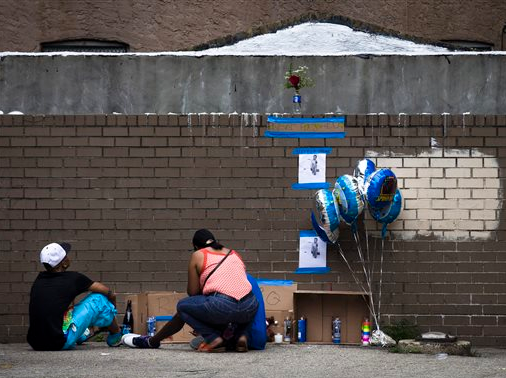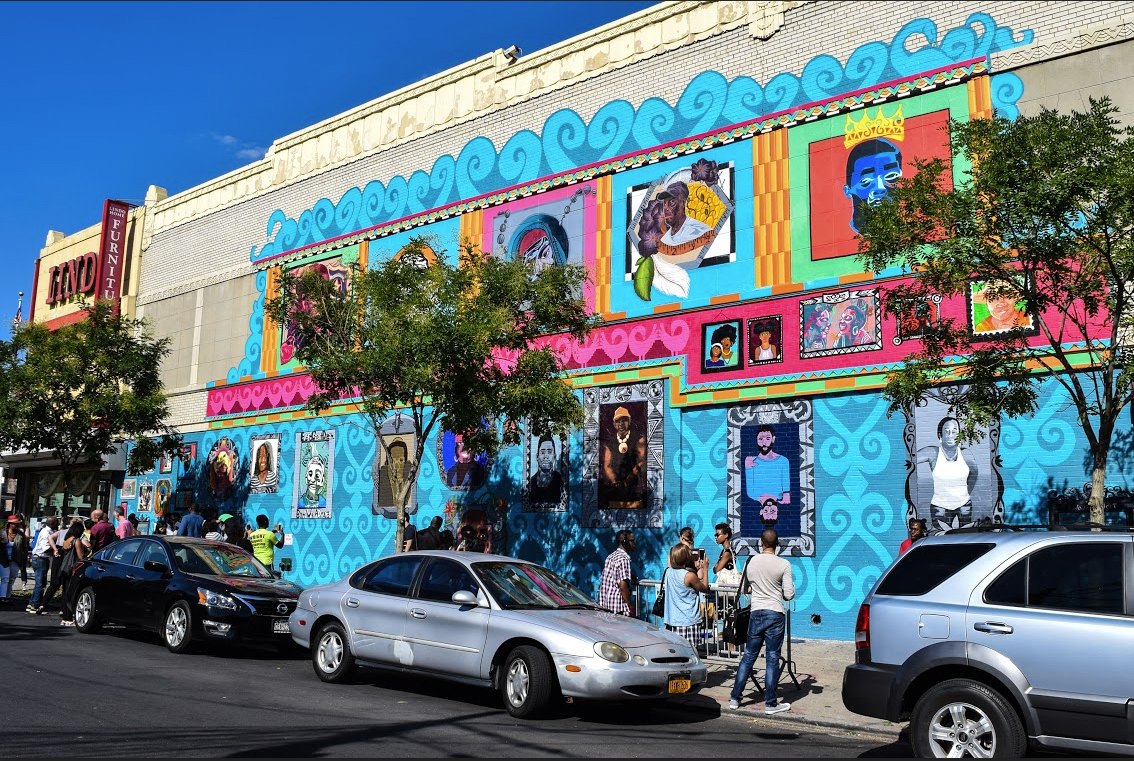Crime is down, but Brownsville doesn’t feel it

Year-end boasts by Mayor Michael Bloomberg that New York is the safest big city in America can ring hollow in Brownsville, a Brooklyn neighborhood where the cycle of violence, silence and retribution feels entrenched and where crime seems immune to strategies that have brought record lows across the city.
A burst of gunfire on neighborhood streets this past summer typified the frustrating cycle. A baby boy was struck in the head by a stray bullet and killed as he sat in his stroller. His father, who police believe was the intended target, refused to help police identify the gunman.
Two men have since been arrested in the shooting, which appears gang-related. Bishop Willie Billips, a clergyman who went to the scene that night to comfort the family, said the slow fuse of potential payback probably was lit.
